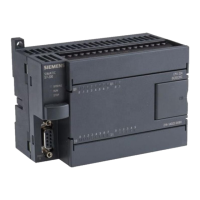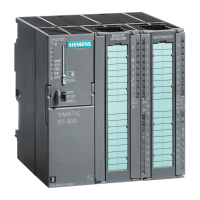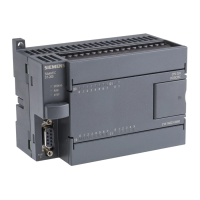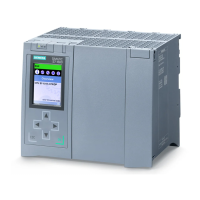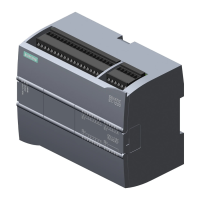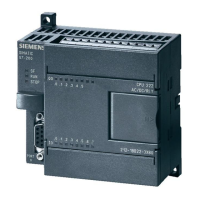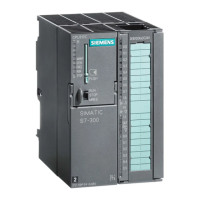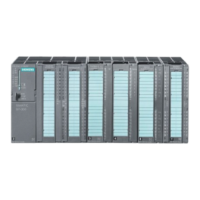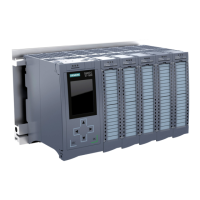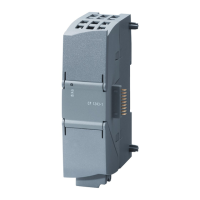Cycle and Response Times of the S7-400
9.5 Reaction Time
S7-400 Automation System, CPU Specifications
Manual, 10/2006, 6ES7498-8AA04-8BA0
9-11
9.5 Reaction Time
Definition of the Response Time
The response time is the time from an input signal being detected to changing an output
signal linked to it.
Variation
The actual response time is somewhere between a shortest and a longest response time.
For configuring your system, you must always reckon with the longest response time.
The shortest and longest response times are analyzed below so that you can gain an
impression of the variation of the response time.
Factors
The response time depends on the cycle time and on the following factors:
● Delay in the inputs and outputs
● Additional DP cycle times on the PROFIBUS-DP network
● Execution of the user program
Delay in the Inputs and Outputs
Depending on the module, you must heed the following time delays:
• For digital inputs:
The input delay time
• For digital inputs with
interrupt capability:
The input delay time +
module-internal preparation time
• For digital outputs
Negligible delay times
• For relay outputs:
Typical delay times of 10 ms to 20 ms.
The delay of the relay outputs depends, among other
things, on the temperature and the voltage.
• For analog inputs:
Analog input cycle time
• For analog outputs:
Response time of analog outputs
The time delays can be found in the technical specifications of the signal modules.
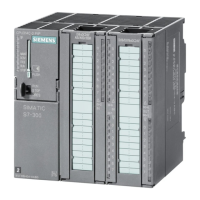
